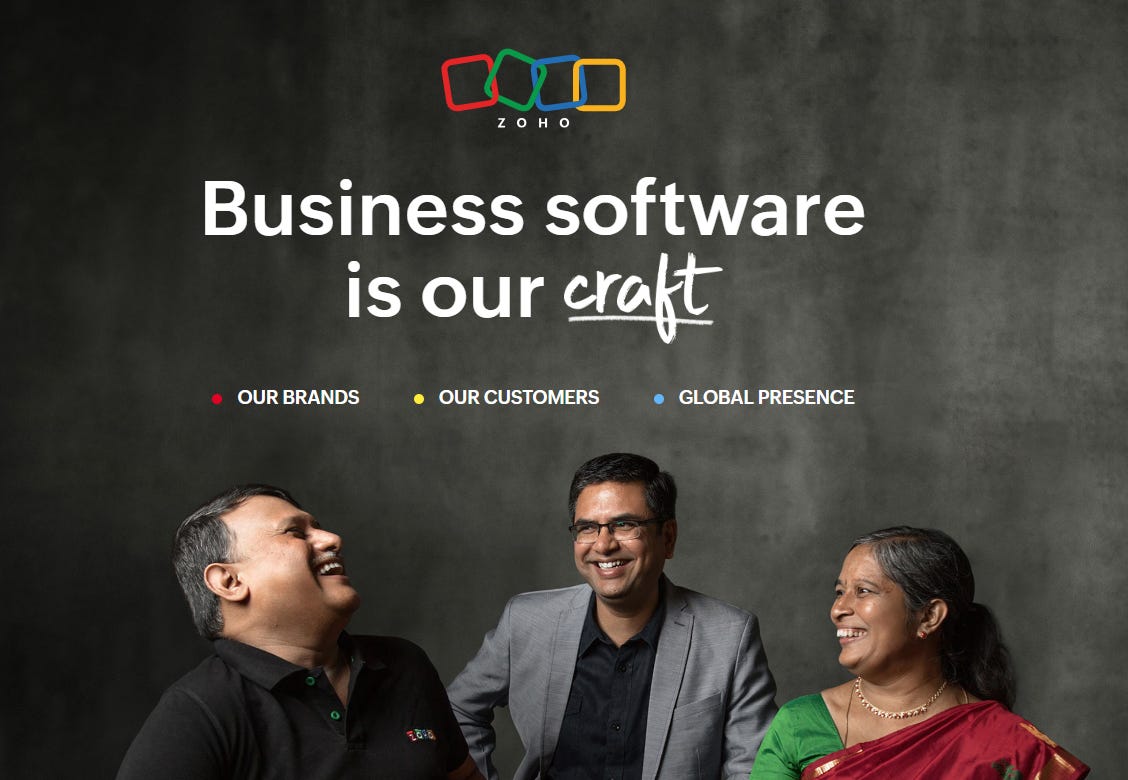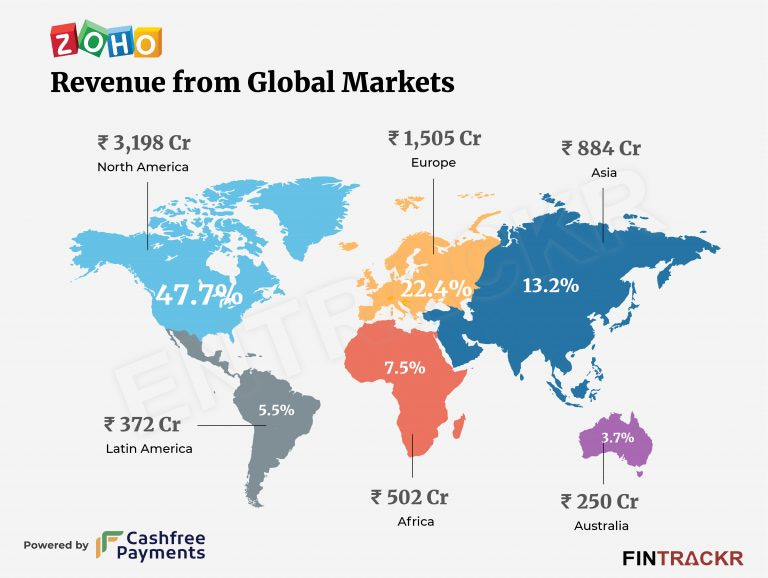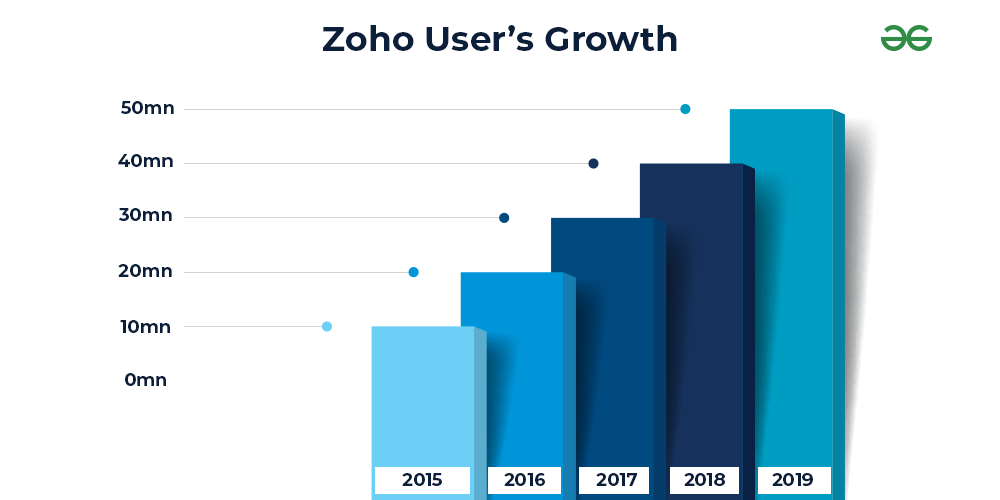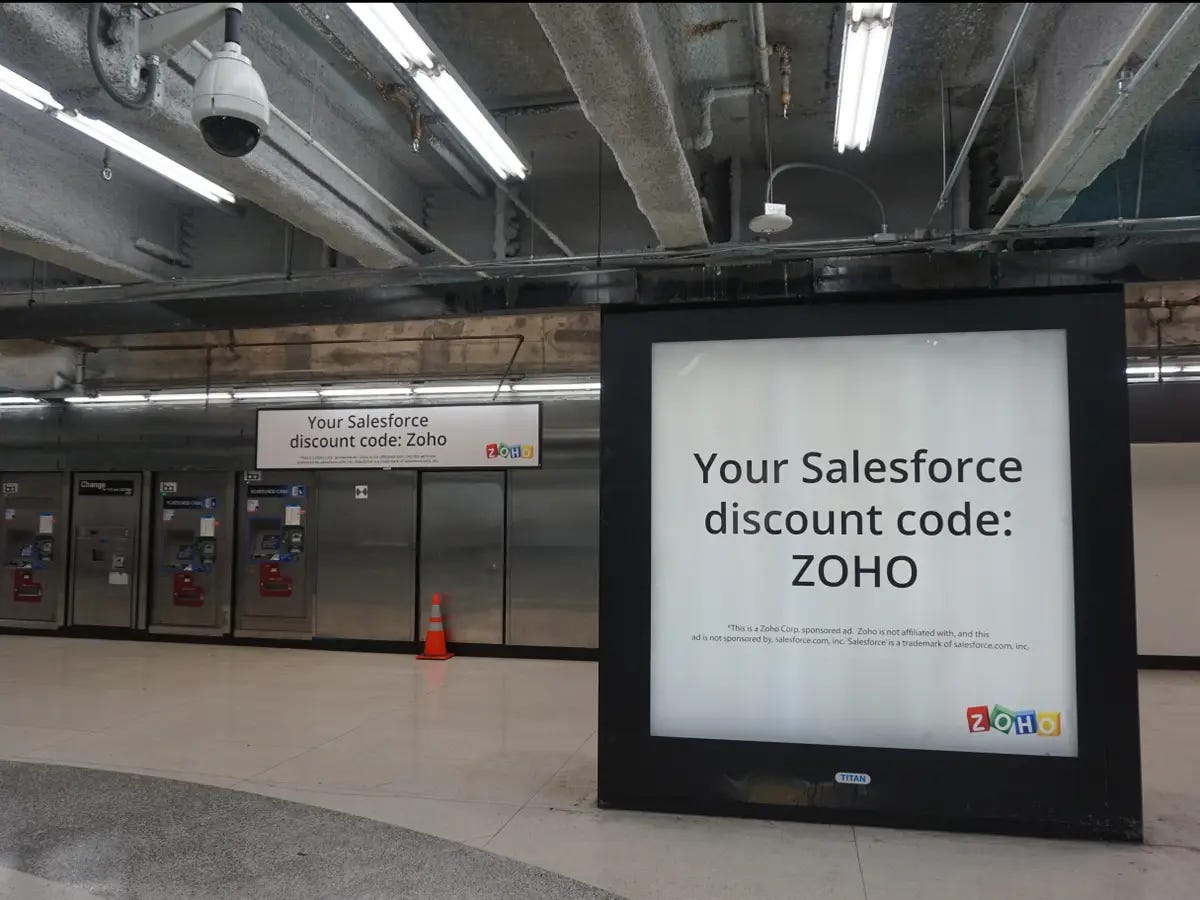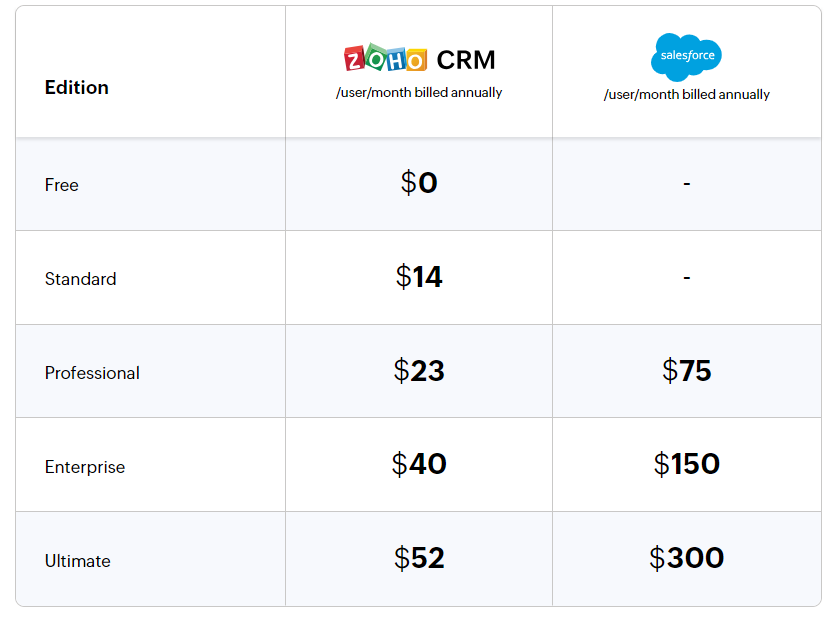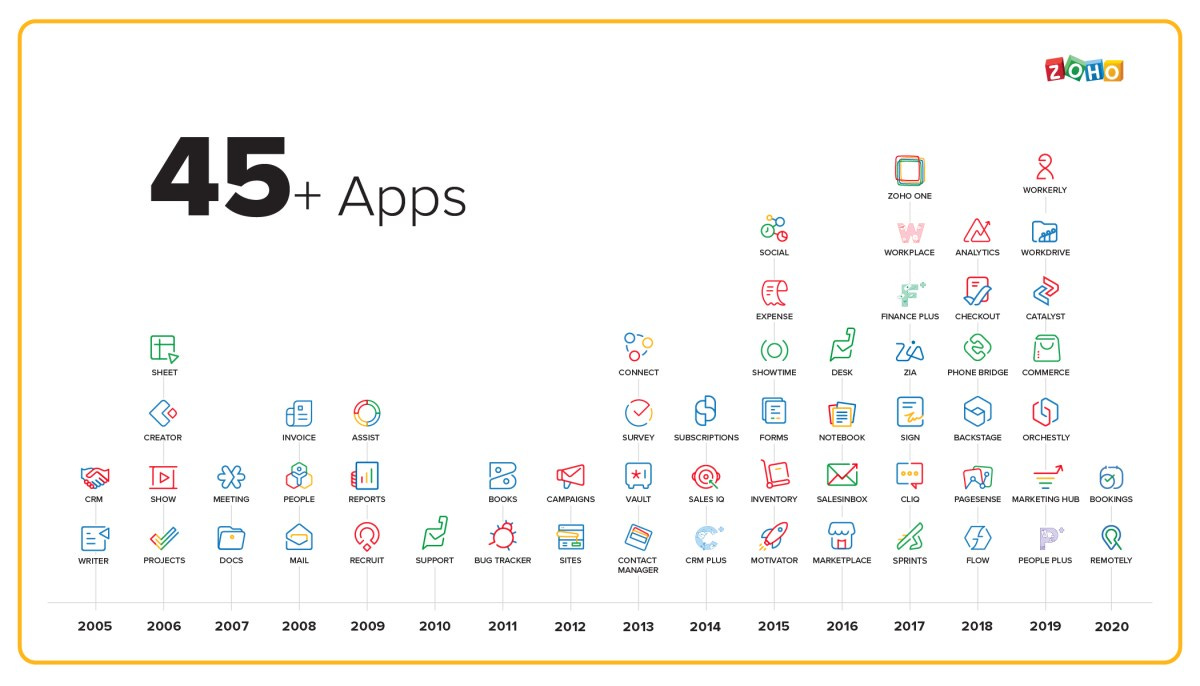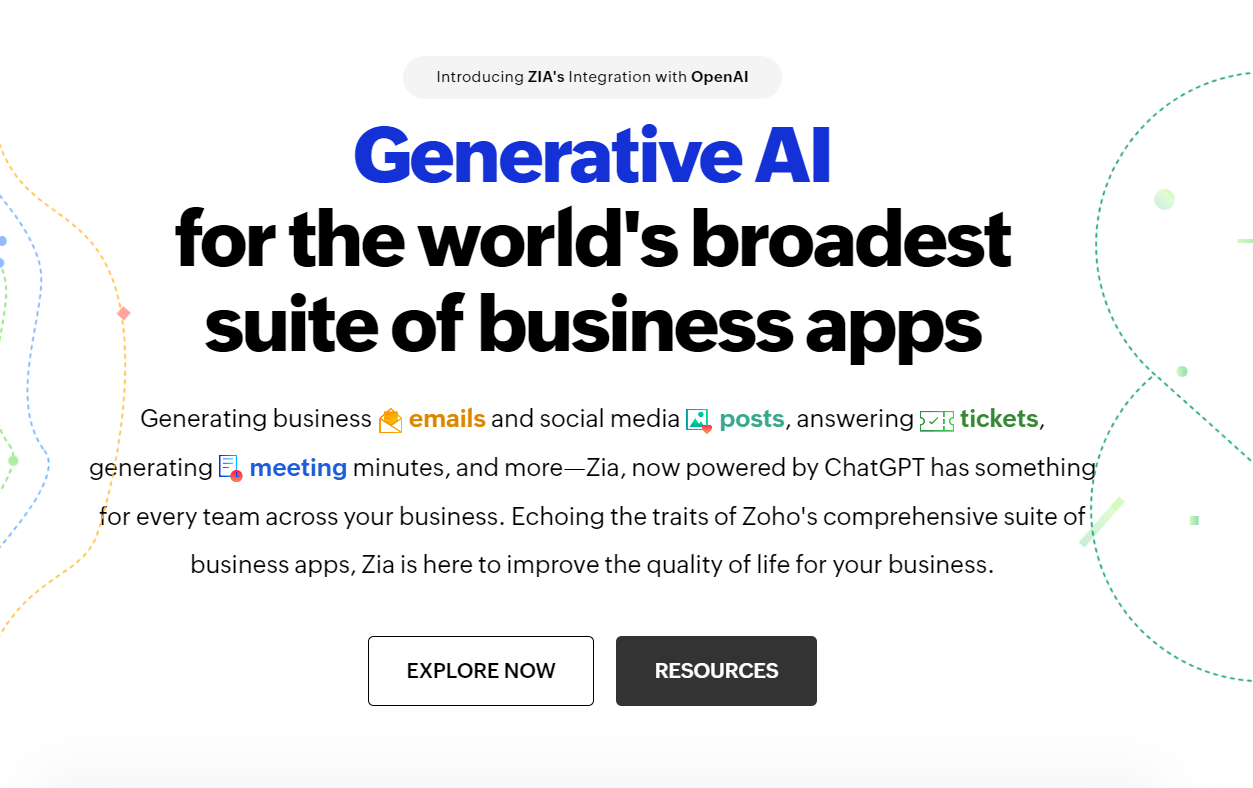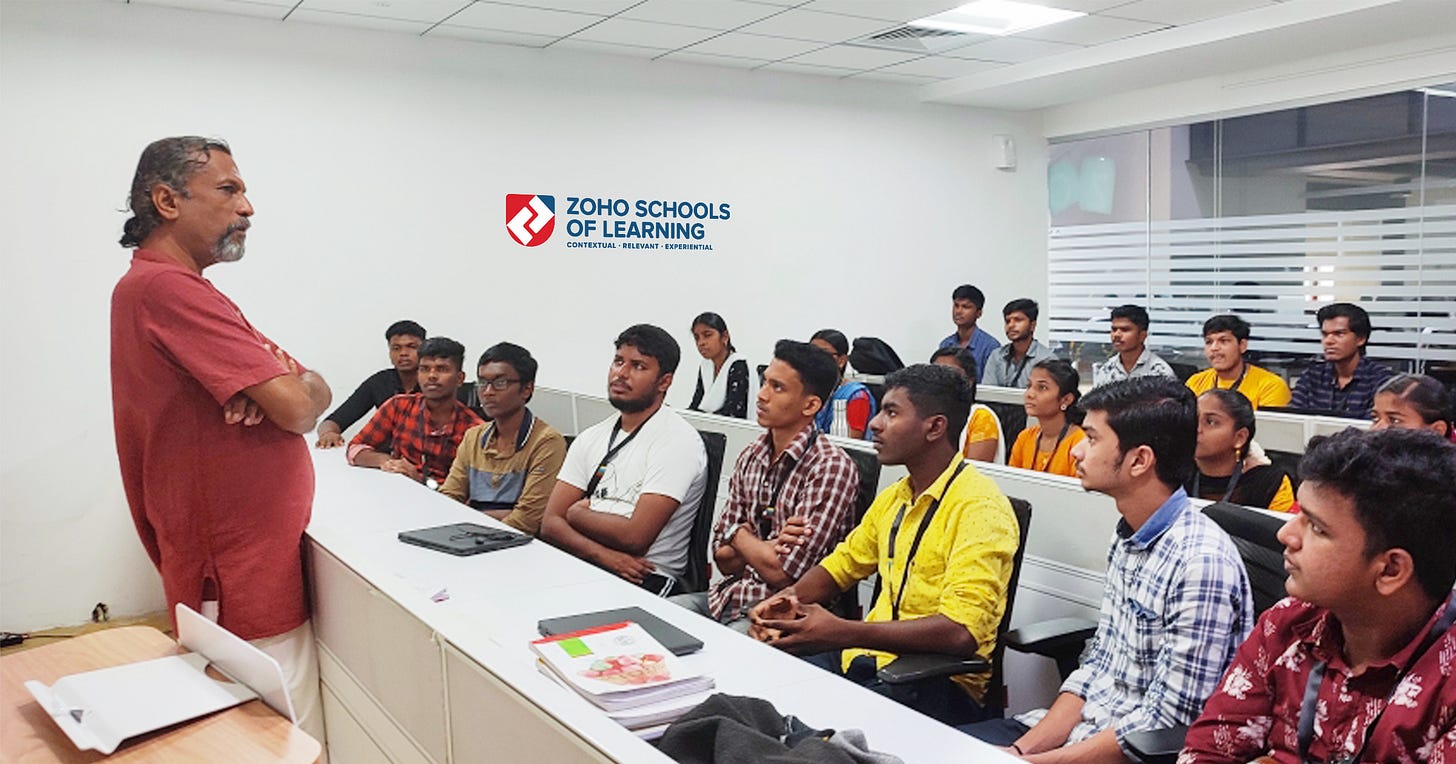Zoho - A Billion Dollar Costco for SaaS
Zoho built a $1Bn company, while breaking every rule of founding a startups, it is not based in the Indian talent hub like Bangalore, and didn't raise any money from VC, then how did they do it?
Editor’s Note: Thank you to 53 new people who decided to subscribe to our newsletter, including execs from Hustle Fund, VISA, and CVC Capital Partners. Term Sheet Digest is a weekly newsletter for the Attack Capital community. If you are in the mood to read about private company stocks that are heating up in the secondary market and the biggest news around Silicon Valley, you are in the right place.
Zoho is building a software suite - Sales, Marketing, HR, Financial, and IT Management - for businesses of all sizes across the globe.
The company was started in 1996 by Sridhar Vembu, and his brothers with Tony Thomas, who also served as its CEO till 2000.
Today, Zoho offers over 55+ software products. It is headquartered in Austin, Texas with international headquarters in Chennai, India, with offices across the globe. The company’s tagline is “Made in India. Made for the world.”
Revenue and Growth
Zoho, at this point, is truly a global company, its products are used around the world, and getting to this point with being fully bootstrapped is truly a feat of a giant. Zoho’s revenue from operations climbed stood at ($814 Million) ₹6,711 Crore in FY22, with Profit after Tax at ($334 Million) ₹2,749 Crore.
The company grew exponentially after 2015, the user base went from 10 Million to 50 Million from 2015 to 2019, this was also the period of rapid digitalization for small and medium enterprises across the globe, which are Zoho’s primary customers. Most of its revenue comes from its flagship product Zoho One, which makes up around 52.6% of its revenue source. Enterprise and IT management software is the second largest category, while others make up a tiny portion of the revenue.
The Zoho Playbook
Sridhar Vembu realized that he needs three things to build a billion-dollar company in India (i) Lower Cost, (ii) Largest Product Suite (iii) Massive Engineering Base. Zoho is competing with Salesforce they wanted to build a CRM for SMBs, unlike Salesforce, which is going after the biggest enterprises.
The company built a large assortment of products for its users to attract a large user base and make up for the smaller contract size due to offering cheaper alternatives to Salesforce. Its talent base in Indian towns allows the company to hire cheaper talent and offer low prices. Plus, it has a massive engineering talent that develops products at a faster rate than any of its competitors.
The Making of Zoho
In an interview, Sridhar Vembu said, “It was easier to compete with Salesforce than Google, so we built a CRM and started targeting SMBs.” SMBs were the sector ignored by Salesforce and other companies which target large enterprises. If Salesforce can get a company to pay $200K, why go after companies paying $20K annually, especially when you have to provide them with discounts to sign up?
Zoho’s products are already cheap and self-serve, so it makes sense for them to go after ten $20K contracts that Salesforce usually ignores.
Zoho’s Product Suite
A large part of Zoho’s strategy is to develop a large product suite to attract every type of customer and then cross-sell their products. The company is highly customer-centric, focuses a lot of research and development, and develops simple but highly effective products for its users. That is why their users are spread across geographies and growing exponentially, plus a large portion of their teams are based in India, which allows them to keep the prices of their products on the lower side of the spectrum.
Presently Zoho offers over 45 products in almost every sector, like Sales, Finance, Marketing, Communication, HR, etc. Zoho is building a Costco for software products, the company is building a lot of tools for every single user, and its cheap price is helping the company attract and keep users.
Its product suite starts with marketing products, social campaigns, webinars, automation, you name it they have tools for every use. Its CRM Plus is the most popular product, other sales products, like loyalty and affiliate management product, is also a part of its offerings.
Zoho’s CRM is used by over 2,50,000 businesses in 180 nations to convert more leads, engage customers, and increase revenue. Zoho CRM serves as a single repository for your Sales, Marketing, and Customer Support Operations, as well as a platform for streamlining your 3 p’s- Processes, Policies, and People.
It also competes with companies offering business tools in Finance, HR, Security & IT Management, Project management, and Developer Platforms.
In the future, just like every other tech company, Zoho is also focused on winning AI, the company recently launched its generative AI-powered products. The Zoho team introduced Zia, their ChatGPT powered AI-assistant, and the team will be adding generative AI capabilities to their other products as well. Its generative AI offering will power emails, develop social media posts and also write minutes of the meeting. The company also launched a privacy-focused browser Ulaa.
Sridhar Vembu & Capitalism with a Conscience
In 2005, when Zoho was well-established. Sridhar Vembu decided to open up Zoho Schools in his hometown, an alternative to college education where you will learn the ins and outs of software development while getting paid a stipend of ₹10,000 rupees. Sridhar Vembu established this in the vicinity of the village he was born. 15% of its employees come from Zoho School and are usually the first member of their family to finish high school and receive a college or college equivalent education.
This solved two problems; first, it decreased Zoho’s dependency on attracting talent from other well-funded companies. Second, establishing the offices and Zoho School in the rural areas provided more opportunities to the youth, who would instead have to go to big cities like Bangalore, Mumbai, and Delhi to find decent opportunities and education. 15% of the workforce comes from this route.
The company also didn’t believe in opening offices in the tech talent hubs of India like Bangalore, Mumbai, and Delhi. Instead, the founder opened up offices in his village Tenkasi and Surandai in Tamil Nadu and focused on developing local talent.
Although they do have headquarters in Chennai, the SaaS capital of India, and the outskirts of Austin, which the employees turned into a fully functioning farm during the pandemic.
Zoho, in 2019, also built a 5MW on-grid solar panel which will entirely power their Chennai Data Center and fulfill the majority of requirements of their Chennai Headquarters. This will offset 72,000 tonnes of CO2 emissions every year, which usually requires 14,400 trees to soak up that amount of CO2.
The best part of the business, the company didn’t raise a single dime since it was founded in 1996. They were approached by investors during the multiple tech hype cycles -2001, 2013, and even in 2021- but the founder declined it every time.
Top Stories
SoftBank posts loss, with a cumulative loss of $6.3B in its Vision Fund business. SoftBank’s Vision Fund 1 and 2 and it’s Latin American fund together posted a quarterly investment loss of 13 billion yen ($91 million) — significantly less than the 2,919 billion yen loss a year ago ($20 billion).
WhatsApp today introduced screen sharing as its latest feature to enhance the video calling experience on its platform — taking on traditional video conferencing apps, including Microsoft Meet, Google Meet, and Zoom as well as Apple’s FaceTime.
Powered by electric vehicle growth, China overtakes Japan as the biggest auto exporter. In the first half of the year, China exported 2.34 million vehicles, according to customs data. The tally surpassed that of Japan, which finished H1 with 2.02 million cars exported.
Please share this newsletter with your friends, family, and colleagues if you feel that it’ll add value to their lives - probably the best compliment we can get :)




